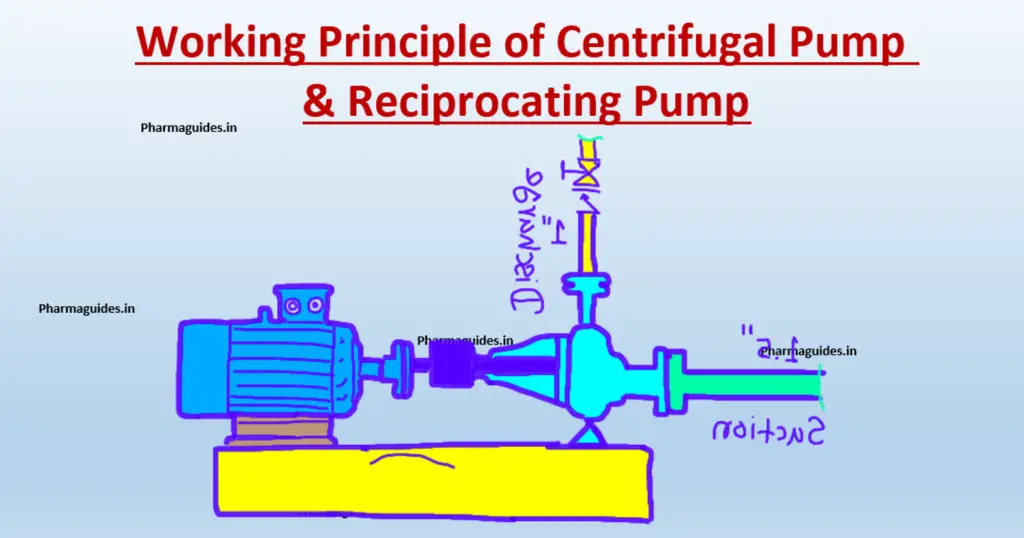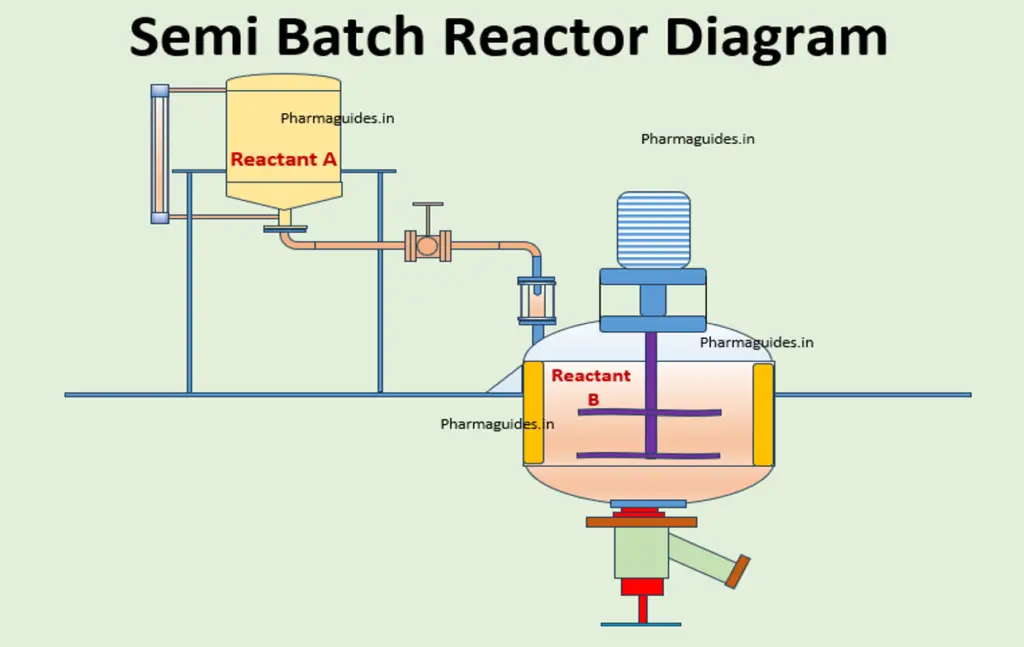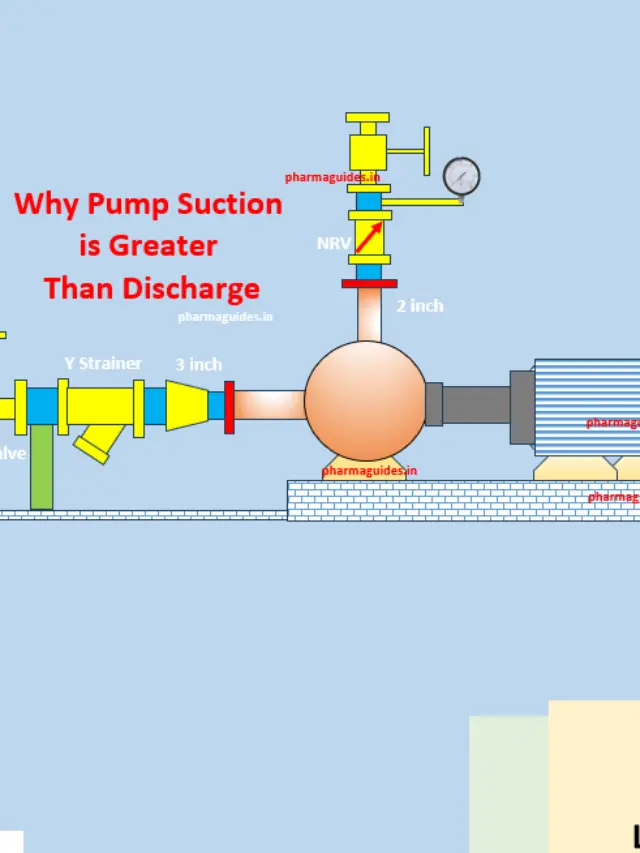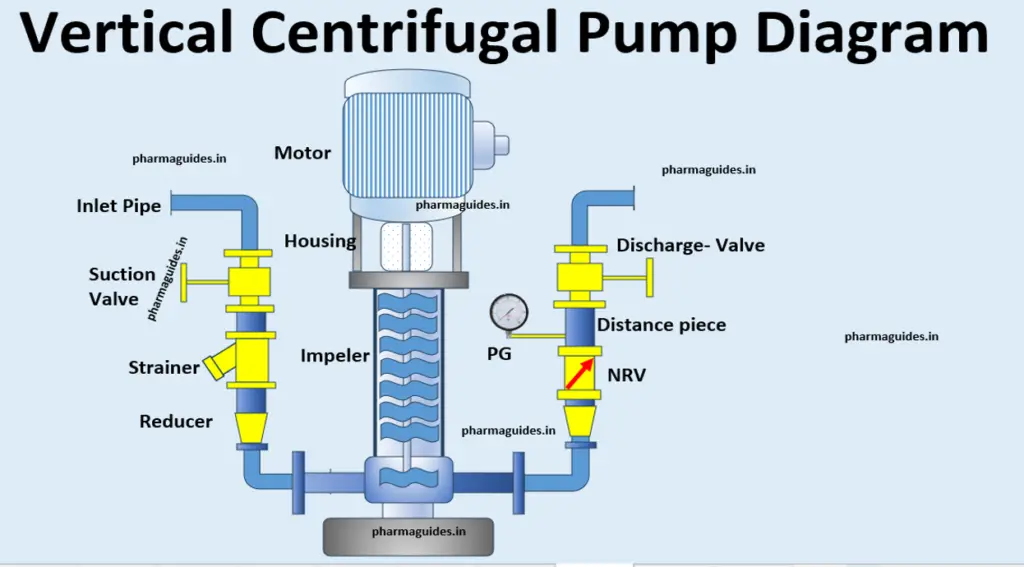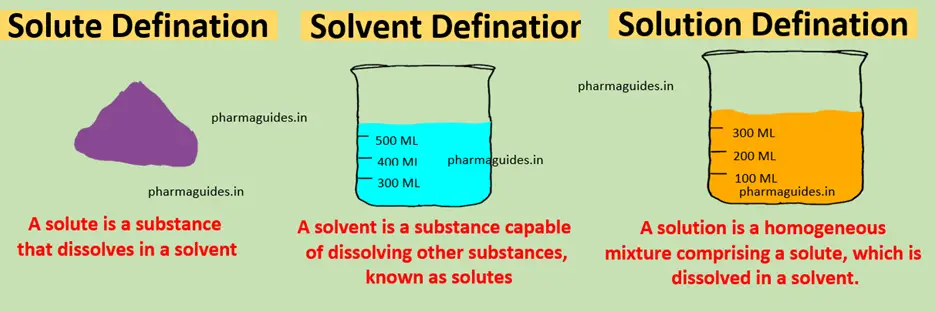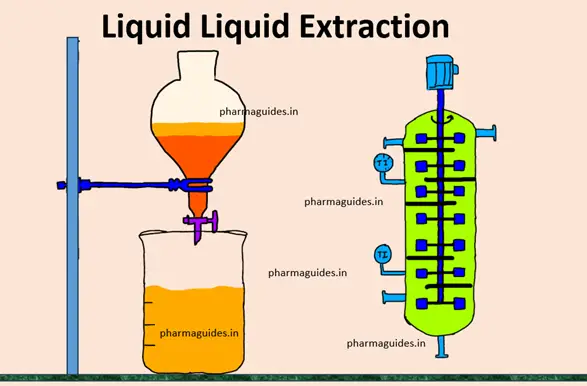Article Contents
How Does Solar Energy Work
In the cosmic theater of energy, where photons pirouette and electrons waltz, solar power emerges as a star performer, casting its radiant glow upon the stage of sustainability. As we unravel the secrets of this celestial ballet, we embark on a journey into the heart of how solar energy works – a mesmerizing interplay of light, semiconductors, and the dance of electrons, How does Solar Energy work.

Act 1: The Radiant Prelude
The performance begins with a grand entrance from the Sun, the unrivaled celestial maestro. Each second, our star showers the Earth with an astonishing amount of energy, in the form of sunlight. Within this cosmic serenade, photons, the elemental particles of light, take center stage, How does Solar Energy work.
Act 2: The Semiconducting Sonata
Enter the solar panels – the unsung heroes of our renewable narrative. Composed of photovoltaic cells, these intricate semiconductors channel the energy of photons to orchestrate a symphony of electrical potential. Among the diverse solar cell types, the monocrystalline variety stands out with its singular crystal structure, a testament to precision and efficiency.
How Does Solar Energy Work?
Solar energy works by converting sunlight into electricity through photovoltaic cells. These cells, often made of silicon, absorb photons from sunlight, freeing electrons and generating an electric current. This clean, renewable energy source powers homes, businesses, and devices, reducing reliance on non-renewable resources and minimizing environmental impact.
Act 3: The Quantum Choreography
As photons collide with the surface of the solar panel, an intriguing quantum ballet unfolds. This collision liberates electrons from their atomic shackles, setting them into a choreographed frenzy within the semiconductor material. The liberated electrons, now imbued with solar energy, embark on a journey akin to a spirited dance, creating a flow of electricity known as a direct current (DC).
Act 4: The Inverter Interlude
While DC electricity is captivating, our homes and businesses speak a different electrical dialect – alternating current (AC). Enter the inverter, the translator in our solar opera. This essential device converts the DC electricity into the melodious AC power, harmonizing with the electrical needs of our modern world.
Act 5: The Utility Utopia
With the translated energy in hand, it’s time for our solar protagonist to make a grand finale. The generated electricity either powers our immediate needs or finds its way back to the grid, contributing to the communal reservoir of renewable energy. In this interconnected dance, solar power becomes a dynamic force, reducing our reliance on conventional sources and embracing a more sustainable future, How does Solar Energy work.
Closing Scene: A Standing Ovation for Sustainability
As the curtain falls on this cosmic performance, the elegance of solar energy takes a bow. From the radiance of the Sun to the intricate dance of electrons, the process is a testament to the beauty and brilliance of harnessing the power of the cosmos. In this grand spectacle, solar energy not only illuminates our present but promises a sustainable encore for generations to come.
How does solar energy work simply?
Solar energy works by harnessing the power of sunlight through photovoltaic cells. These cells, commonly made of silicon, absorb photons from sunlight, liberating electrons in the process. This liberation generates an electric current, which can be utilized to power various devices and homes.
How does the solar system work?
The solar system operates as a vast celestial dance orchestrated by gravity. At its center, the sun, a colossal ball of gas, exerts gravitational pull, keeping planets, moons, and other celestial bodies in orbit. Each planet follows a precise path, with Earth, for example, completing one orbit around the sun roughly every 365 days.
How does solar work without electricity?
Solar can work without directly producing electricity through passive solar systems. These systems harness the sun’s energy for heating and lighting without converting it into electricity. Examples include using south-facing windows to capture sunlight for heating buildings or strategically designing spaces to maximize natural light.
What are the uses of solar energy?
How does Solar Energy work :-Solar energy finds diverse applications, ranging from powering residential homes and commercial buildings to driving solar-powered vehicles. Additionally, solar energy is utilized for heating water in solar water heaters, generating electricity for off-grid locations, and even powering satellites in space. Its versatility and sustainability make solar energy an invaluable resource in the quest for cleaner and more sustainable energy solutions.





